![]() The experience of trauma and abuse turn victims inward. Self-protection to keep from being hurt again takes many forms including controlling behaviors, people-pleasing , care-taking, performance orientation, victim/victimizer, rage, and fight/flight. Self-protection implies that victims of abuse do not want to be seen at one level, but have a desperate need to be seen, heard and understood at another level.
The experience of trauma and abuse turn victims inward. Self-protection to keep from being hurt again takes many forms including controlling behaviors, people-pleasing , care-taking, performance orientation, victim/victimizer, rage, and fight/flight. Self-protection implies that victims of abuse do not want to be seen at one level, but have a desperate need to be seen, heard and understood at another level.
Self-protection is hidden under the cloak of shame. Shame leads people to conceal the story of their abuse. They think “If you knew the real me, you wouldn’t like me.” Transparency is one of the last things they want to do. If they trust other people at all, it is simply to test them in order to determine if they are safe. Something interesting occurs in the process, however. When they take a risk and begin to share, and discover that the other person(s) understand, a sense of release from fear and shame occurs. Since they want and need to be heard and understood, they take courage to share a bit more of their story. Their willingness to be more vulnerable increases.
Creating safe places for hurting people to be transparent and vulnerable is one of the most important things we can do. We must ask ourselves if we are safe for other people. If they share a weakness with us, do we condemn and ridicule them, or do we give them a sense of unconditional love? Do we share with others what we have heard, thus violating the confidentiality of the other person? Are our churches safe places for people to talk about real problems such as a struggle with depression, pornography or family problems? What can we do to make them safe? Am I willing to be a committee of one to begin the process where I am?
If you are interested in learning more, please click on Products
